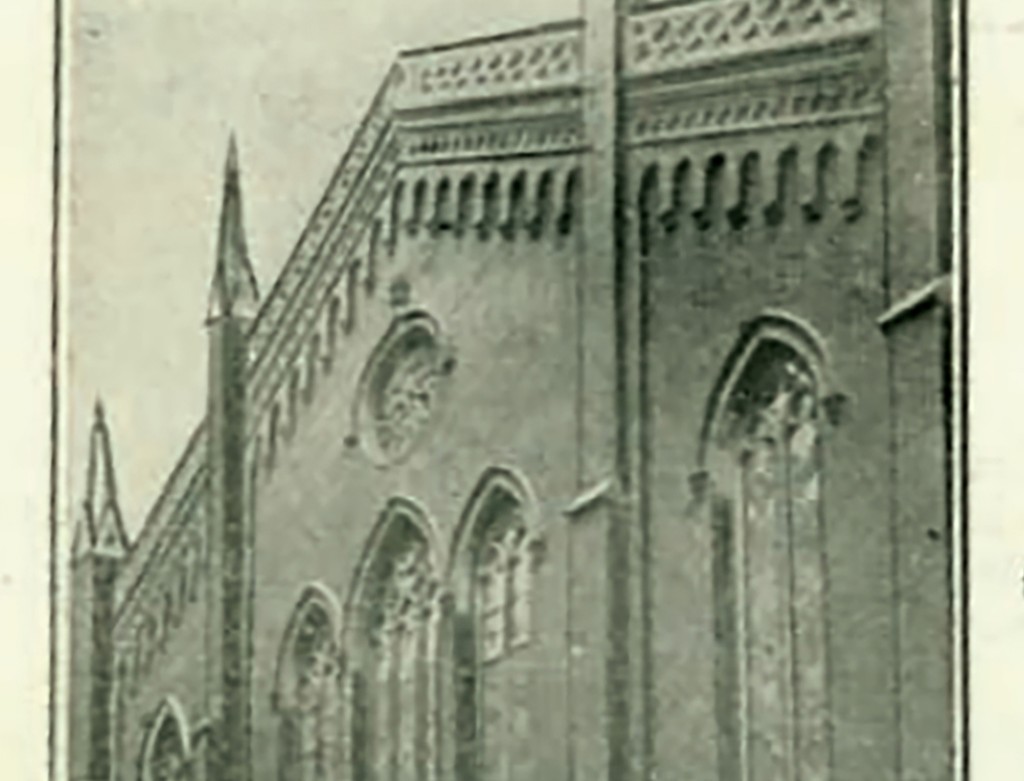Let’s look back a century at the 1921 meeting of Synod. Delegates met at the Pittsburgh, Pa., church building, located downtown on Eighth Street with 177 members. It was one of the RPCNA’s largest congregations, although it was smaller than some rural churches in Iowa and Kansas. Just seven years later, it merged with the shrinking Central Allegheny congregation and moved out of the downtown area.
Synod’s moderator was T.M. Slater, age 52, who was about to conclude a 17-year pastorate at Seattle. There were 183 delegates (115 teaching and 68 ruling elders) from 89 congregations in all 12 presbyteries and the Chinese Mission. The meetings spanned 8 days and resulted in 34 decisions.
Synod’s 1871 meeting had been dominated by the adoption of the new Covenant of 1871. The 1921 meeting acknowledged the anniversary by publishing an “Added Statement” about the events of the past half-century and scheduling a set of special addresses. However, interest in the ...
